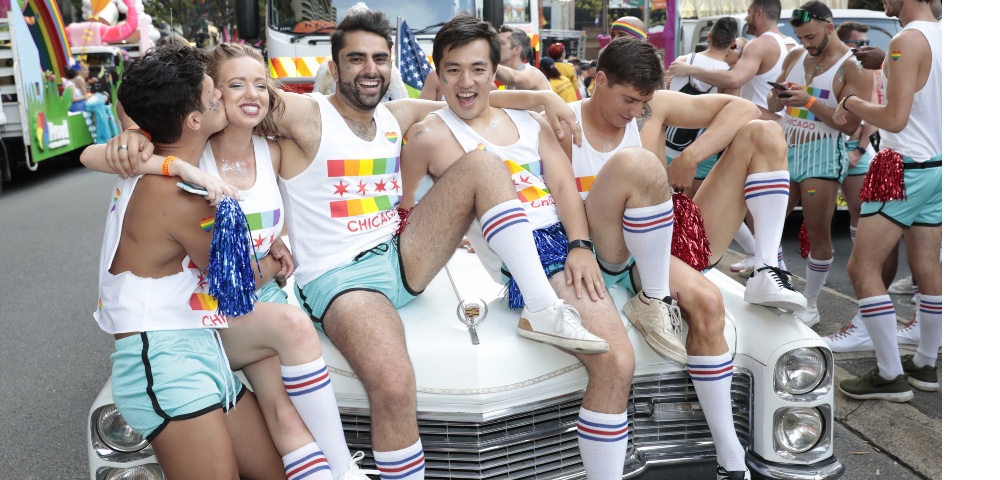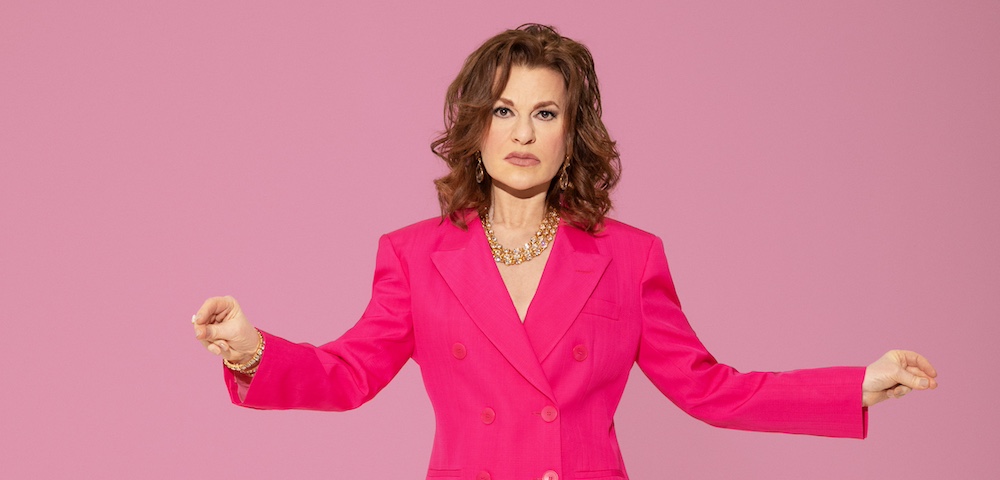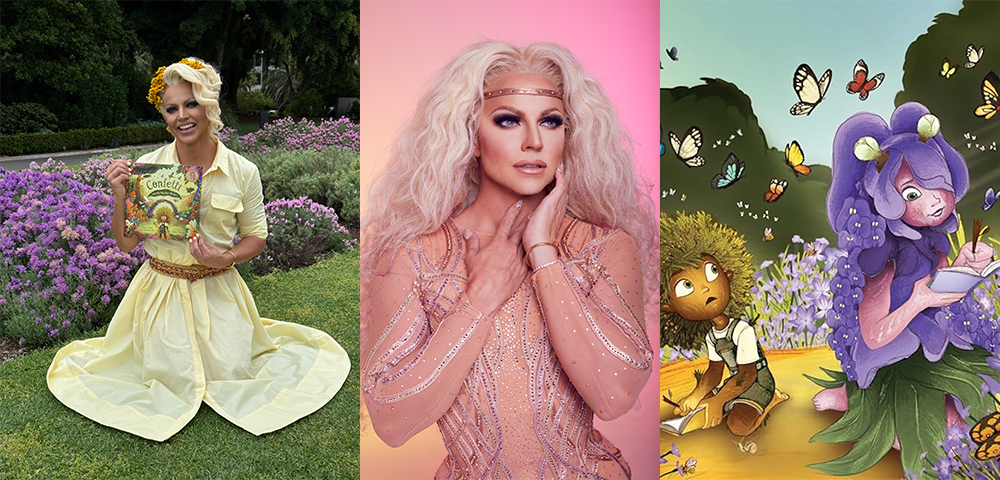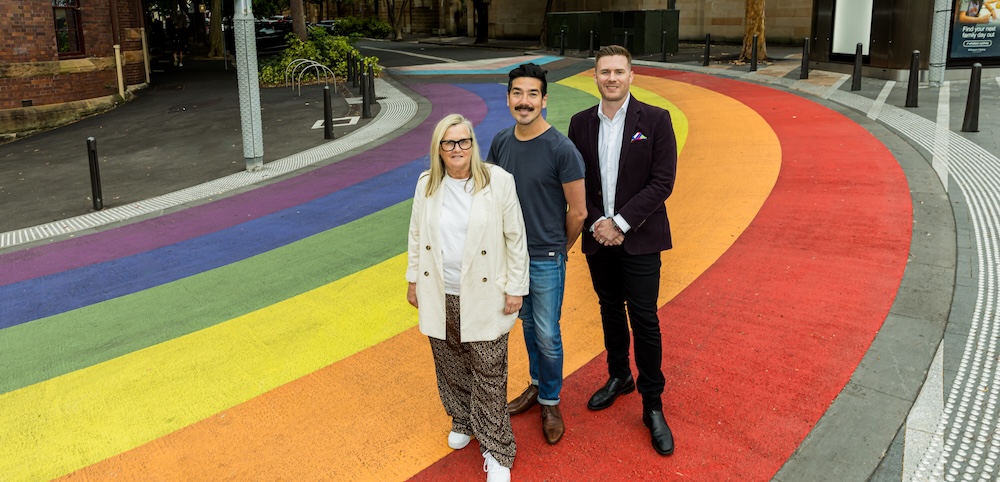
10 Secret Stories Of Sydney’s Gaybourhood Oxford Street

By Chris Pepin-Neff
Sydney’s queer ‘Golden Mile’ Oxford Street holds many secrets, some slutty, some special, others solemn and sad. Below is a snapshot of ten stories you’ll want to know about Oxford Street – the heart of Sydney’s gay nightlife and the route for the annual Sydney Gay and Lesbian Mardi Gras.
- Oxford Street is Gadigal land. The path that we refer to today as Oxford Street was a pathway for Aboriginal communities before the invasion. Later, the pathway was cleared by convicts in 1803, at which point the road became known as South Head Road. In 1875, the portions of Old South Head Road from Paddington to Hyde Park were renamed Oxford Street.
- Taylor Square was formed in 1907 and named in 1908 after Lord Mayor Allen Taylor. Taylor Square contains the oldest underground public toilet in Sydney, built in 1907 as a way to fight the bubonic plague.
- Just off Taylor Square, the drag bar the Taxi Club opened in 1957 and closed in 2012. The Taxi Club is a sorely missing institution.

- The first Aboriginal Debutante Ball in Sydney took place on Oxford Street in the Paddington Town Hall in 1966. It was organised by the Foundation for Aboriginal Affairs. However, Paul Irish notes that “the council decided to ban the foundation from holding further dances … citing concerns about the behaviour of Aboriginal people outside the halls at the end of the dances.”However, this racist behaviour by the council did not quash future Balls. Nakkiah Lui and Miranda Tapsell recount in their podcast “Debutante: Race, Resistance & Girl Power” that the first national Aboriginal debutante ball was held at Sydney Town Hall in 1968.
- Oxford Street got the name ‘The Golden Mile’ in the 1960s with the emergence of LGBTQI bars and clubs. According to Pride History, “‘Oxford Street’ became code for homosexual in the late 1970s to early 1980s.” Today, some refer to it as the “Pink Mile.”

- Oxford Street played a key role in the first Mardi Gras on the night of June 24, 1978. Fifty-three people were arrested during the protest.
- The Vixens Motorcycle Club and Dykes on Bikes patrolled Oxford Street in the 1980s to help keep LGBTQI patrons safe.
- Just off Oxford Street, the closure of the Darlinghurst Police Station on Forbes Street in 1986 included an exorcism of the building by the Sisters of the Perpetual Indulgence. Parts of Oxford Street and the Darlinghurst Police Station were added to NSW’s heritage register in January 2023. The Darlinghurst Police station, where LGBTQI protestors were once taken after they were arrested on Oxford Street, could soon become the location for Sydney’s first queer museum Qtopia.

- Oxford Street opened the first permanent shopfront for rapid HIV testing in NSW in 2014. Thank you ACON!
- Oxford Street joined the nation in locking down during the height of the COVID-19 pandemic. But Oxford Street re-opened in October 2021 with more than 90 percent of its shops and venues back in business for one of the great success stories in its history. And in time to host Australia’s largest LGBTIQ+ event ever: Sydney WorldPride in 2023.









